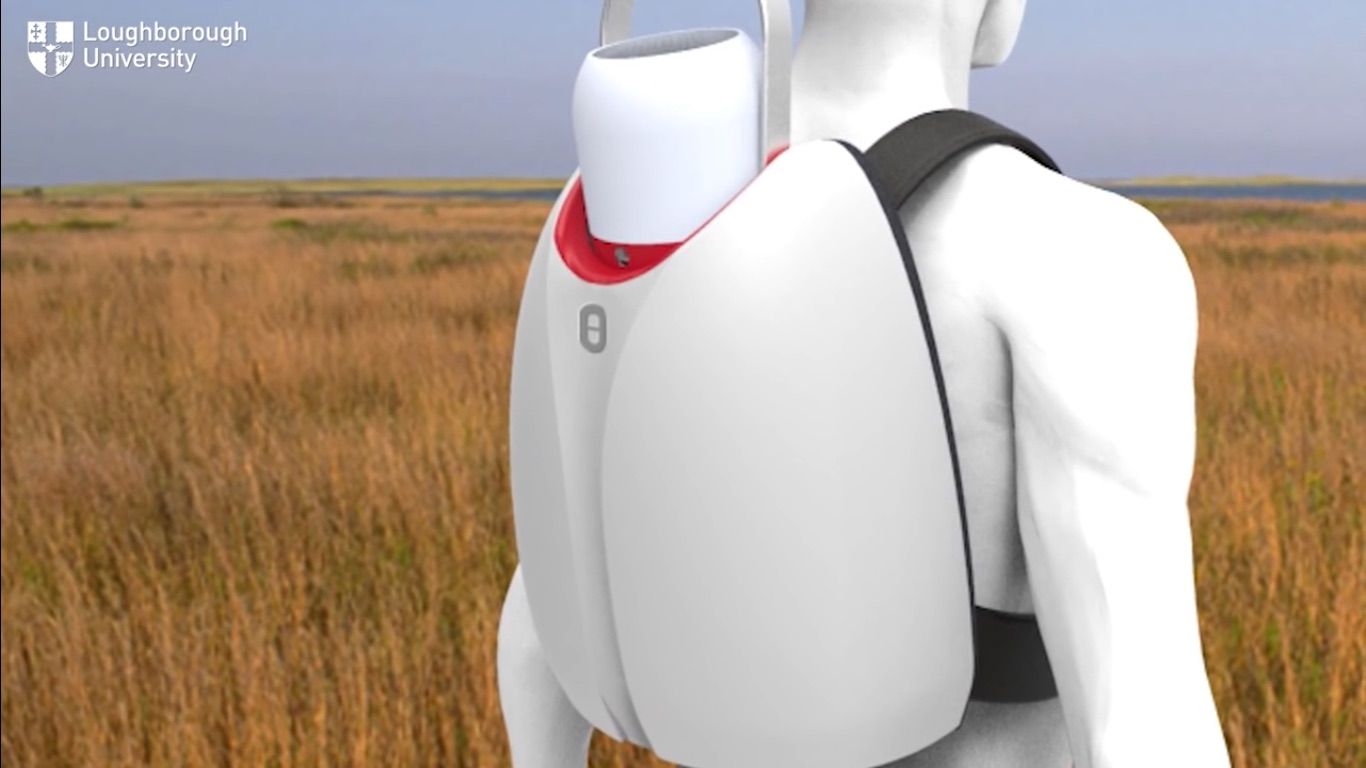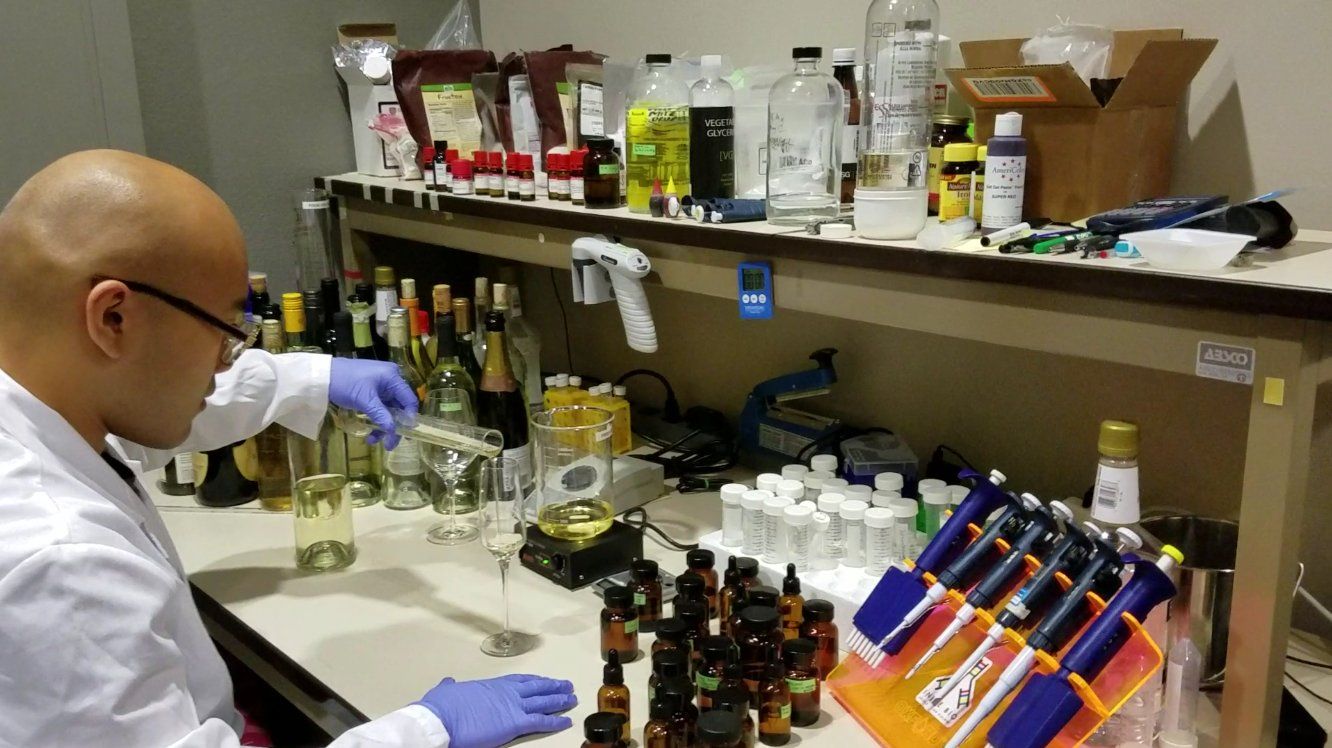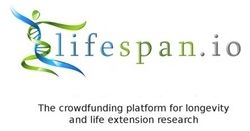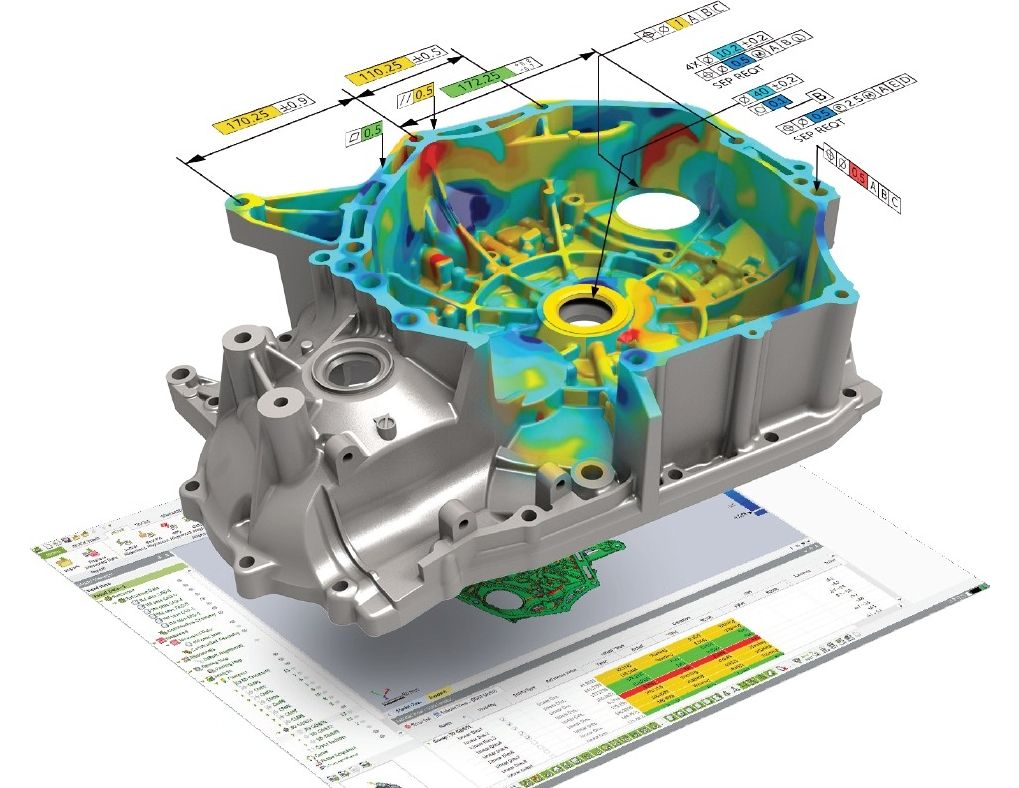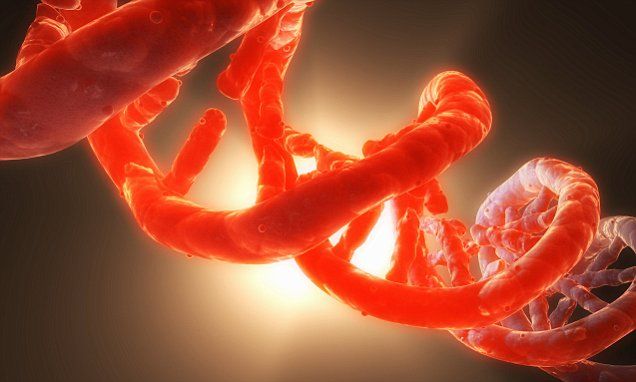Sep 9, 2016
A Refrigerator Backpack Could Help Transport Vaccines And Organs
Posted by Shailesh Prasad in categories: biotech/medical, life extension, transportation
Medical supply transportation is a serious problem in remote regions, where it may take weeks to transport a vaccine where it’s most needed. But a British student has developed a simple device that might help get supplies where they need to go and save millions of lives in the process.
Will Broadway of Loughborough University created the tank as a way to extend the life of fragile medical supplies, like vaccines, samples, and organs.
The device uses a simple ammonia reaction that creates a cooling effect when charged. It can keep vaccines within a stable temperature realm for up to 30 days. While it’s currently designed for vaccines, Broadway next wants to make it transport organs and tissues to people in need.
Continue reading “A Refrigerator Backpack Could Help Transport Vaccines And Organs” »
